*Editor’s Note: Sophia has one year of full-time university studies in nutritional science and a strong passion in the subject area, but is not a certified nutritionist or registered dietician.
“But how do you get protein?” Sigh. It’s 2019 and a food wave green as grass has been sweeping in all over the world over the past few years. Being a vegetarian isn’t uncommon anymore. Being a vegan isn’t all hippy dippy anymore. But athleticism and eating plant based? That still raises eyebrows. While the sports of trail and ultra running have a bunch of successful example athletes to point to – we all know Scott Jurek and Emelie Forsberg, among many others – the world of sports, in general, still sees an indisputable meat-eating norm. And despite this day and age – with its climate change awareness and increased interest in food and what/how we eat – it seems to me there are still misconceptions in abundance out there.
People actually wonder how we get enough protein. How we get enough calories. How we get enough iron and calcium. It wasn’t that long ago I attended a dinner party at a restaurant, where the food was served family style, and a fellow guest – upon learning I was eating plant based said, “But what do you eat? Pasta?” Unsure if I should laugh or cry, I half-choked on the falafel I was eating and grunted, “Eh, yeah, sure, I eat pasta – and about one million other things.” And so, I was inspired to write a post about eating plant based and being an athlete all at the same time. Because it works – and very well at that.
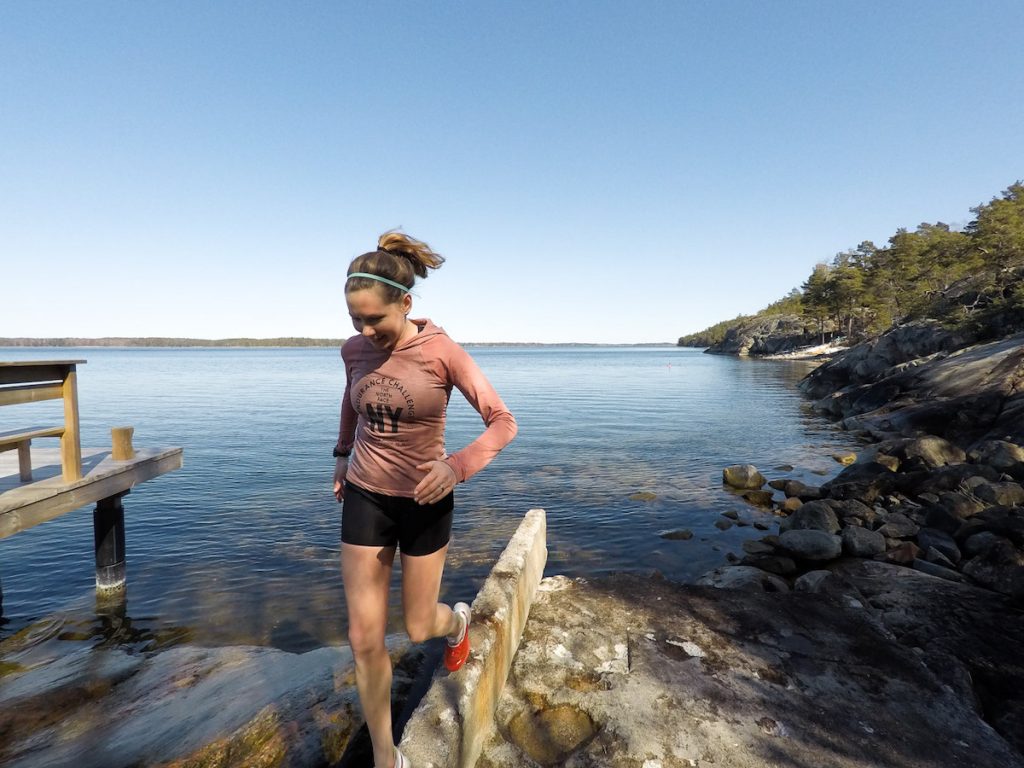
Before we continue, let’s take a quick look into what I ate yesterday (when logging a 14 mi trail run as the primary activity, and this week seeing a quite heavy training load overall):
- Breakfast: oatmeal, with a generous serving of raisins and fresh apple, nuts and peanut butter on top. Oat milk to go with it.
- Lunch: whole grain bread with hummus and a bunch of random veggies from the fridge, followed by an oat cookie (because of course).
- Mid-afternoon snack: plant based yogurt (in my case, made from oats) with a cubed fresh apple and homemade muesli.
- Dinner: potato-lentil dal (a thick, one-pot, Indian-style stew).
- Evening snack: sliced up fresh pears with peanut butter.
Now, I’m no nutritionist or dietician, but I have a humble Minor in Sports Nutrition and thus at least a fairly good understanding for what should go into our bodies and when. But above all, I’m a hard training runner, a passionate home cook, a recipe creator and a devoted vegetarian. A very plant based vegetarian, I should say – I eat mostly plants, but once every now and then, I’ll have dairy products or eggs (mainly outside of the house). Due to a background of disordered eating, I purposely stay away from too rigid of a set of dietary rules, and the way I eat today seems to work really well.
I’m by no means arguing that everyone should opt out of eating meat and go 100% green. We all choose what we believe will suit us and the rest of the world the best, and I respect that. But I’d like to shed light on how easy and perfectly doable it is to be an athlete – whether only recreational or more competitive – and eat plant based. In fact, I really think it’s about time we pick apart all those preconceived notions regarding plant based eating once and for all – and allow for another food norm to take up space as well, even in the performance focused world of sports. At the end of the day, it is indeed 2019, and most of us do know that our consumption of animal products needs to drop in order for planet Earth to stay sane. All of us sourcing our energy and joy out in nature – let’s be role models together!
The whole concept of plant based eating being “difficult” is quite interesting to me. Sure, there are times when you’re out and about where food choices can be limited (but boy, we’re seeing change all over the place right now, with vegetarian and vegan food options becoming standard almost everywhere). But in the end, as untrue as I think it is you’ll become malnourished the second you go plant based, as untrue it is that just because you eat meat, all your nutritional needs will automatically be met. Right? While your protein intake will be more than sufficient if all your meals contain meat of some sorts, what’s guaranteeing you that you’ll get enough carbohydrates, good fats and micro nutrients? All vital parts of being a successful athlete (as well as any normally functioning human being), in the end. When reading the book “Finding Ultra” by Rich Roll, this particular passage certainly resonated with me (and cracked me up): “But not a day goes by without the undisputed king of all questions: where the hell do you get your protein!? Ironically, when I was feasting on a steady diet of fast food cheeseburgers, fries, and pizza, not a single person ever questioned my habits. Almost overnight, my friends had become professional nutritionists, gravely concerned about my well-being.”
The protein obsession we’re seeing is widespread and completely exaggerated – with protein shakes left, right and center, it’s easy to get tricked into thinking you need to slurp on one too, or else all that training will be lost. But how much do we really need, and how can we get that? A non-athlete is looking at a protein need of 0.8 grams per kilogram body weight and day. An athlete, on the other hand, needs around 1.2-2 grams per kilogram body weight, the lowest for those working out a few times a week at a medium intensity and the highest for those engaging in training almost daily and at a higher effort level. Generally, strength training calls for more protein than endurance – and no matter what you hear and read, going beyond the 2 grams per kilogram bodyweight and day will not make you gain muscle mass. The body will eventually rid itself of excess protein with the help of the excretory system, which actually means an exaggerated intake hurts the environment in two ways: first by the unnecessary increase in food demand, and second by putting significant pressure on our sewage treatment plants. Regardless of how hard these work to clean our water, there will be excess nutrition leaking into lakes and oceans, which causes eutrophication (also known as over-fertilization). While the havoc-wrecking of our waters is a different story, it’s an important point to make. Protein is important, but hey – everything in moderation.
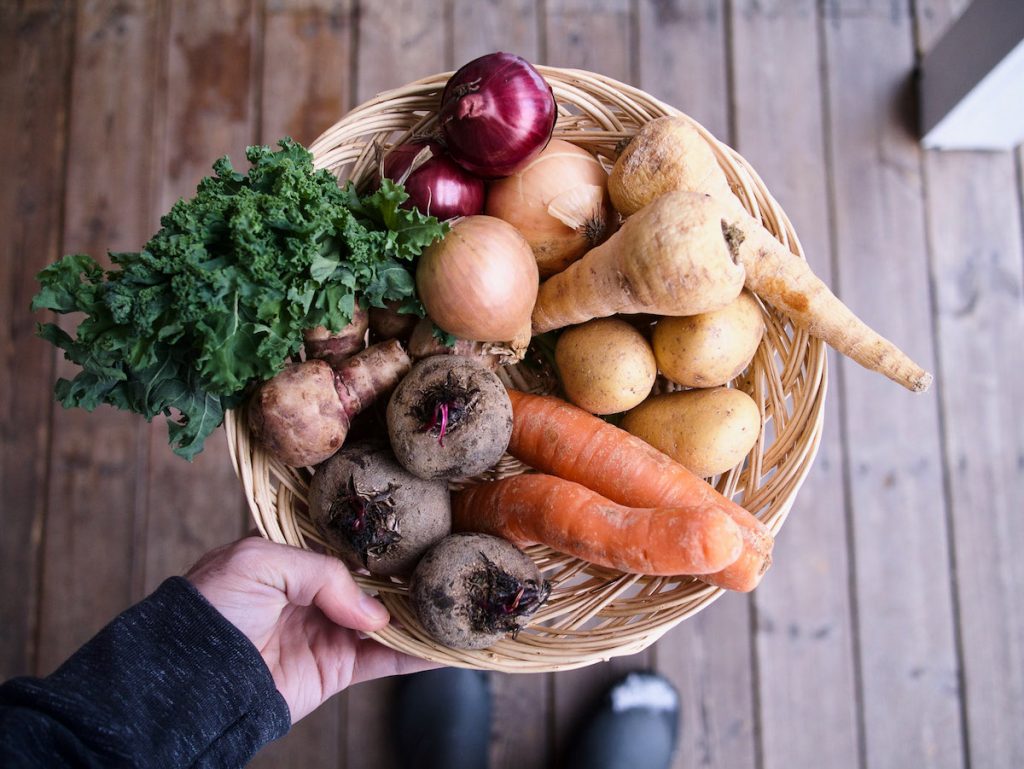
Now, you could look at those numbers mentioned above – the 1.2-2 grams per kilogram bodyweight and day – add them up in your head and go “oh my, I need to eat more protein” and I’m sure that’s what a lot of athletes do – but stop right there. Instead – take a look at what you’re already eating! I wouldn’t be all that surprised if you already eat a good chunk of protein, simply because protein sources exist in abundance, provided your diet is somewhat balanced and varied. For 20 g protein (a benchmark amount per meal, when discussing sports nutrition), you could have 4 oz (cooked) kidney beans + 3 oz (uncooked) pasta, or 4 oz (cooked) chickpeas + 3 oz (uncooked) quinoa, for example, or simply a standard serving of oatmeal with some dried fruits and a generous helping of nuts. Heck, even just a few slices of whole grain bread with hummus will get you there! Forgive me and my big (runner’s) appetite, but none of these quantities seem particularly difficult to gobble down. Am I right?
So how should you eat then, as a plant based athlete? Well, varied is indeed the best answer to that question. Varied and enough. A varied diet, featuring a mix of legumes, grains, nuts and seeds will easily meet those protein needs. Throw in plenty of vegetables (and not just tomatoes, cucumber and lettuce here – but the micro nutrient stars too, such as broccoli, cauliflower, cabbage, root vegetables etc.) and fruit and you have your dietary baseline right there. It doesn’t have to be complicated one bit.
You might have heard of essential amino acids and how most plant based protein sources are so-called incomplete proteins? Well, fear not. First of all, we do need a sufficient intake of the essential amino acids every day, but it’s not needed for each meal to contain all of them in ample numbers – think instead 24 hrs. But also, know that most meals will be complete regardless, since we usually mix our beans or lentils with for example a grain (rice and lentil stew is a classic example). We normally don’t dig into a bowl of just beans, but instead a mix of foods – and there you go, these will most likely create a complete protein together. Grains only contain very low amounts of the essential amino acid lysine, which, fortunately, legumes instead have plenty of – and the essential amino acid methionine, which legumes generally lack, exists in good amounts in grains. In other words, that sandwich with hummus mentioned previously is always a good idea.
It’s not as hard as it’s often portrayed, eating plant based and training hard. I’ve been doing it for so long I can barely remember anything else, and while that makes it difficult for me to share any experiences related to differences in performance, there are many people out there who can. My husband, for example, was eating a meat-based diet when I met him nearly 7 years ago. Now, eating the same way as I do, he feels stronger, healthier and more vital than he ever has. Of course I should tell you that the same time-period saw him go from not working out much to now running ultras (I wish I could insert an emoji here), but still – I believe, and he believes, the dietary changes have contributed a good part to his overall well-being.
I, personally, do not count our macros or micros, and I do not keep track of our protein intake. And I do not count our calories either. Both my husband and I are quite good, frankly, at “intuitive” eating – when we see a heavier training load, we find ourselves with bigger servings in front of us and go for more frequent, energy-dense snacks and vice versa. And with our meals being varied and cooked from scratch (which sounds so pretentious but there’s no other way to say it!), I trust that we get more than enough of most of the nutrients we need. But there are some important exceptions. As soon as you omit eggs (that is, after you’ve omitted meat), you need to take vitamin B12 supplements. While some plant based products have been fortified, in theory, B12 is only available in animal products. Hence, we pop a B12 pill daily. Besides that, a varied diet should provide you with enough vitamins and minerals – but let’s take a closer look at where some of them will need to come from, when you reduce or cut your intake of animal products entirely.
Calcium – crucial for maintaining bone health – is primarily found in ample numbers in dairy products. It does, however, exist in e.g. tofu, almonds, beans and dark leafy greens as well, but you’ll have to eat quite large (albeit not impossible) quantities to cover your needs. Making sure your plant based “milk” is fortified is an excellent way of making sure your calcium requirements will be met on a day-to-day basis.
Vitamin D – needed to, for example, regulate calcium levels in the blood and for a well-functioning immune system – is hard to get from food in general. The sun kissing our exposed skin is our biggest source of vitamin D, but during times with less sun, we need to either take a supplement or make sure our food contains enough of it. The easiest source is, again, fortified “milk” products.
Iron – required to form the oxygen-transporting protein hemoglobin – can be found in an abundance of plants, but the numbers are sometimes on the lower end of the spectrum. Also, as a fertile woman pursuing endurance sports, your iron needs will be significantly higher than those of the general population. To begin with, a menstruating woman needs 67% more iron per day than a man, and studies point to endurance athletes needing about 70% more iron than the average person. Add those two up, and you quickly realize you need to stay on top of your iron intake! Making sure you eat adequate amounts of legumes, nuts, seeds and whole grain products will get you on the right path pretty easily though, and supplementing shouldn’t generally be needed. 4.5 oz or 130 g of cooked lentils (which isn’t all that much, said the hungry runner once again) will get the fertile woman 1/4 of the RDI of iron, and 0.9 oz (25 g) of pumpkin seeds another 1/4, for example. For more on iron and iron deficiency, I highly recommend this Trail Sisters piece: Iron Deficiency in Female Athletes, by Madeline Radigan.
Zink – needed primarily for different types of wound healing in the body – is also found in lower numbers in plants than animal products. Good sources here include soy, legumes, nuts and seeds, and these are actually not to be frowned upon. Just 3.5 oz or 100 g of cooked green lentils will provide you with 20% of your RDI right there.
This little list reiterates what was mentioned above – a varied diet, rich in legumes, nuts, seeds and grains, should be more than able to provide you with all the nutrients you could possibly need. It’s easy to get stuck at the few challenges and forget about the plethora of vitamins and minerals plant based foods do contain – because in reality, those far outnumber the ones listed above! Vitamin C is a no-brainer, but plants are often real superstars when it comes to vitamin A, E, K, etc, as well as folate (or folic acid/vitamin B9), magnesium and potassium, to name a few.
I’ve been a vegetarian for 20 years (I’m now 32), and an athlete in some sort of capacity throughout that whole time. It wasn’t until about 10 years ago, though, that I started putting in a significant amount of training hours every week, and it wasn’t until about 5 years ago that I started really viewing myself as an athlete. I wouldn’t want to eat in any other way, personally, and I really wish that more people would give going (more) plant based a chance. In Sweden, where I’m based, the WWF just launched a campaign called “World Class Vego” together with the Swedish Olympic Committee. As their front faces, they have a group of Swedish olympic gold medallists from various sports who have transitioned from a animal product-heavy diet to a more plant based. Learning about this initiative made me endlessly happy – change is coming, after all, and if XC skiers, known to train harder than any other athletes, can do it, then who can say they can’t?
A few handy tips along the way:
- Finding a high quality, organic canola oil is a great investment for your plant based kitchen. Canola oil is very high in omega-3, otherwise more commonly found in e.g. oily fish, and is therefore a great choice for your go-to cooking fat. Flax oil is also an excellent source of omega-3, but has a more distinct flavor.
- Always having peanut butter around the house. Just 1 tbsp of peanut butter provides you with a whopping 4 g of protein and plenty of energy, making it a great snack for athletes. A personal favorite is some sort of rice cake slathered with peanut butter, and then raisins and a pinch of salt sprinkled on top. It might sound weird at first, but it’s amazing!
- Eating more sourdough bread. Whole grain products contain phytic acid, a substance that decreases iron and zinc uptake. However, this acid is broken down in the rising process in sourdough breads – as opposed to breads made with yeast, baking powder or baking soda – which means the body can absorb more of said minerals.
And an easy recipe to finish off:
Spaghetti Lentil Bolognese
Serves 4-6
2 small (~7 oz) onions, chopped
6 cloves garlic, finely chopped
2 medium (~9 oz) carrots, chopped
3 tbsp olive oil
1 1/2 cups (~12.5 oz) dried red lentils, rinsed
~2 1/2 cups water
1 tbsp vegetable bouillon powder (equals 1 cube)
42 oz crushed tomatoes
4 tbsp tomato paste
1 tbsp sugar
3 tbsp dried oregano
16 oz spaghetti
Pinch of red pepper flakes
Salt and black pepper
- Sauté onions and carrots in 2 tbsp olive oil and 1/2 tsp salt in a large pot over medium heat, approx. 3 min. Add in the garlic, and continue cooking for another minute or so. Then add in 1 more tbsp olive oil and the lentils, and give it all good stir. Let it cook for a few more minutes, stirring frequently.
- Add in crushed tomatoes, bouillon powder (or cube) and about half of the water (tip: rinse out the tomato containers and use that water). Stir. Lower the heat to a simmer, add in the tomato paste, and then let cook for about 30 min, or until you like the consistency of the lentils. Add in the rest of the water bit by bit as it thickens, and stir often.
- In the meantime, cook pasta according to package instructions.
- When lentils are done, turn off the heat. Stir in sugar, oregano, a pinch of red pepper flakes and a good grind of black pepper. Season to taste with salt. We usually add 1/8-1/4 tsp more, but this will depend on the bouillon used.
- Serve pasta topped with the Bolognese in big bowls. Finish off with more red pepper flakes and/or black pepper if that’s up your alley, and enjoy!
For more green recipes for athletes (however everyone is welcome!), check out our website at https://liveslowrunfar.com
References:
Bakkman, L. (2017). Maten bakom resultaten. Stockholm: Norstedts.
Bakkman, L., Johansson, G. & Richert, A. (2019). Vego i världsklass. Stockholm: Norstedts.
Williams, M.H., Anderson, D.E. & Rawson, E.S. (2013). Nutrition for Health, Fitness & Sport (10th ed). New York: McGraw-Hill.



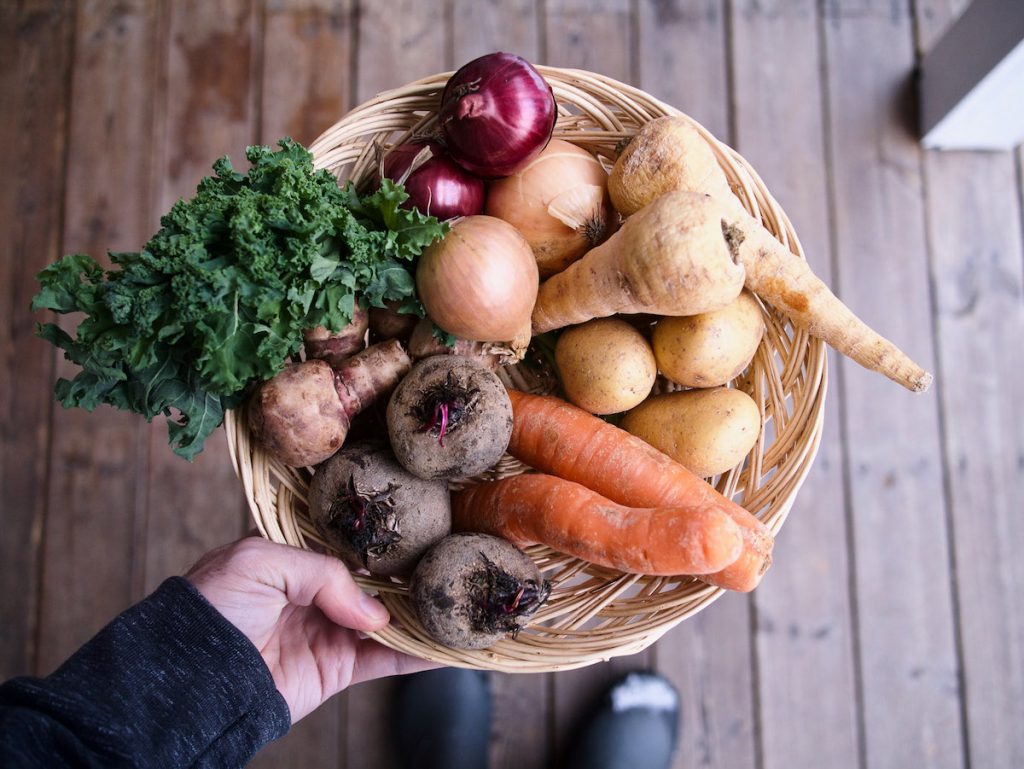
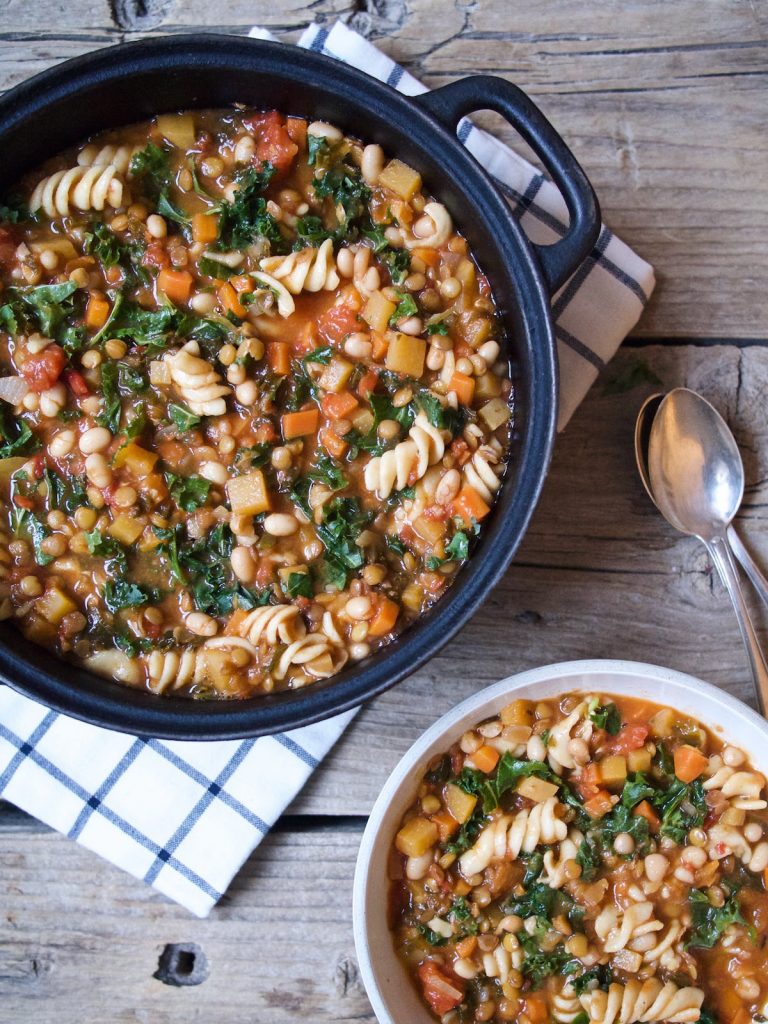
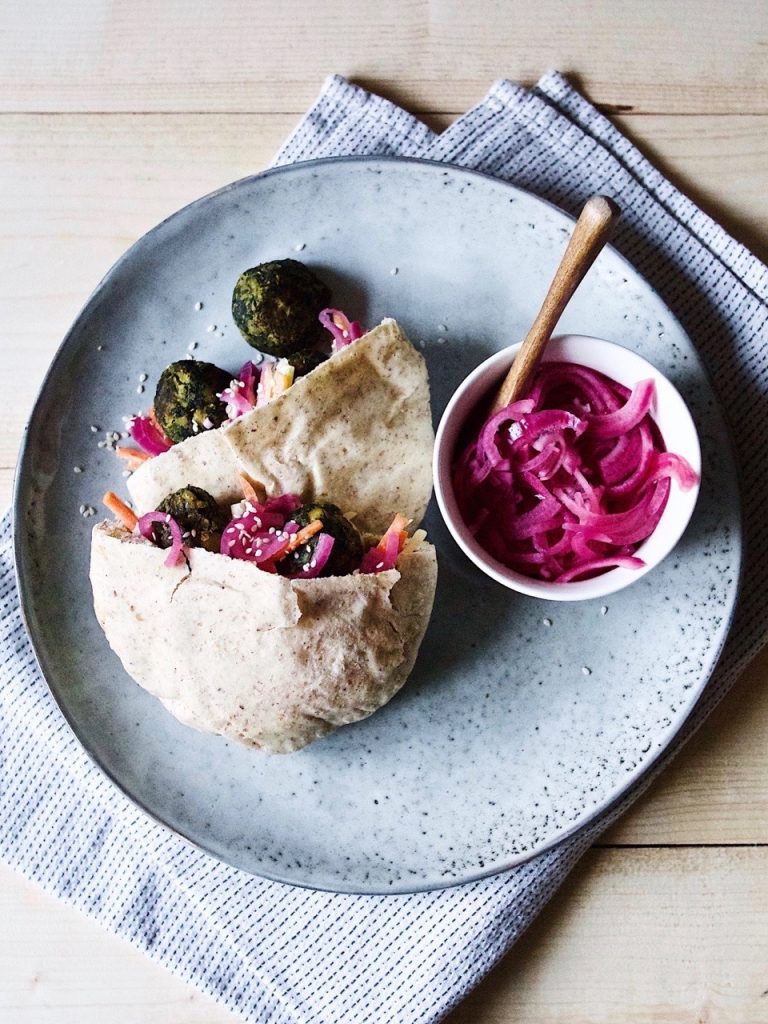
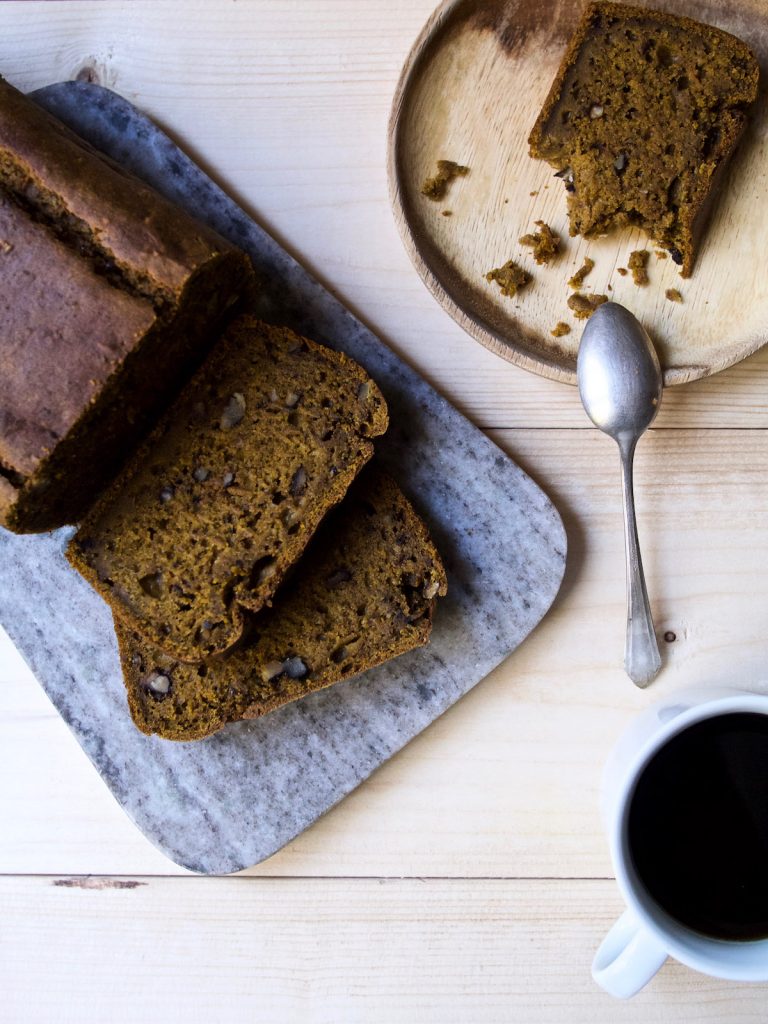
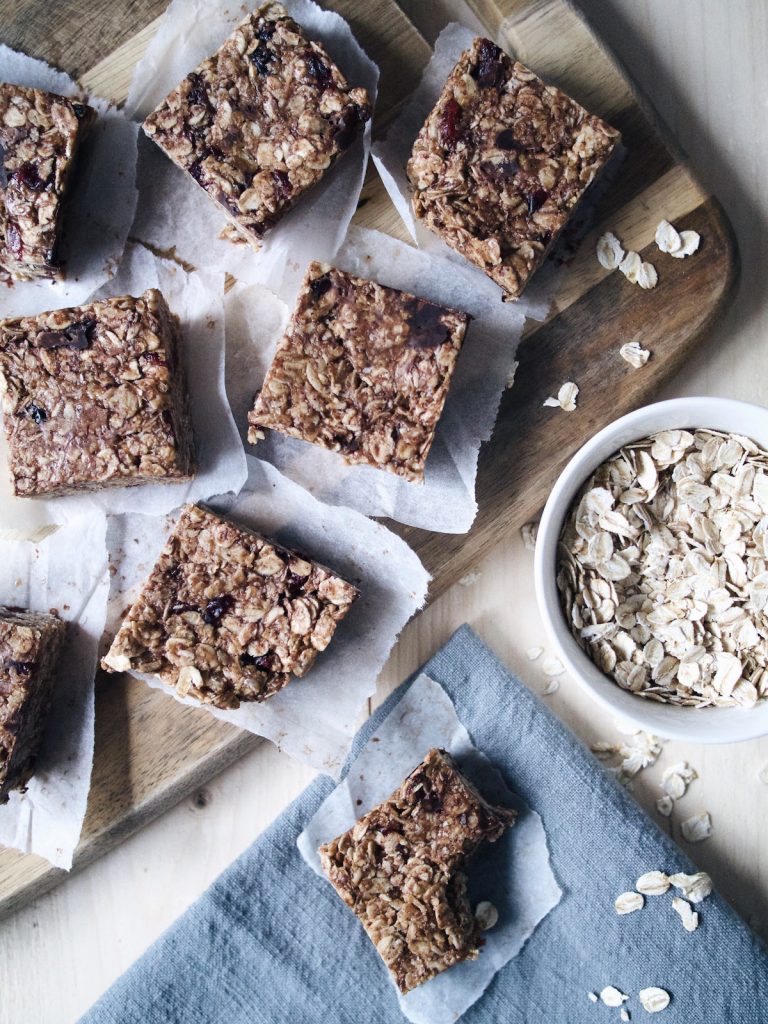
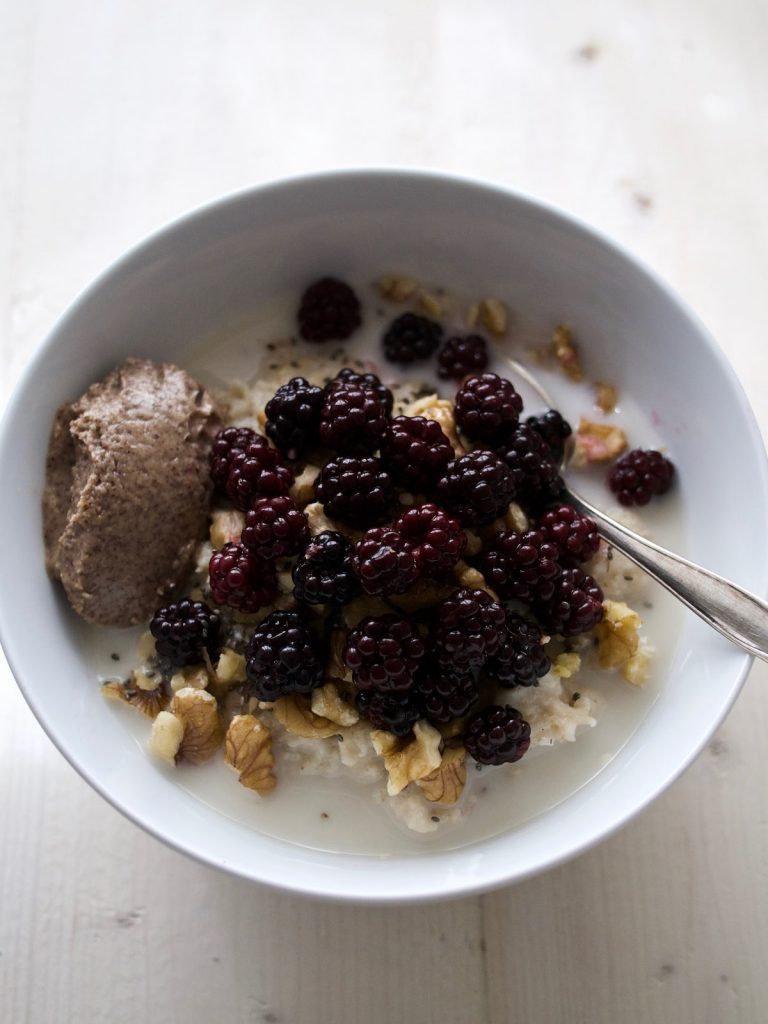
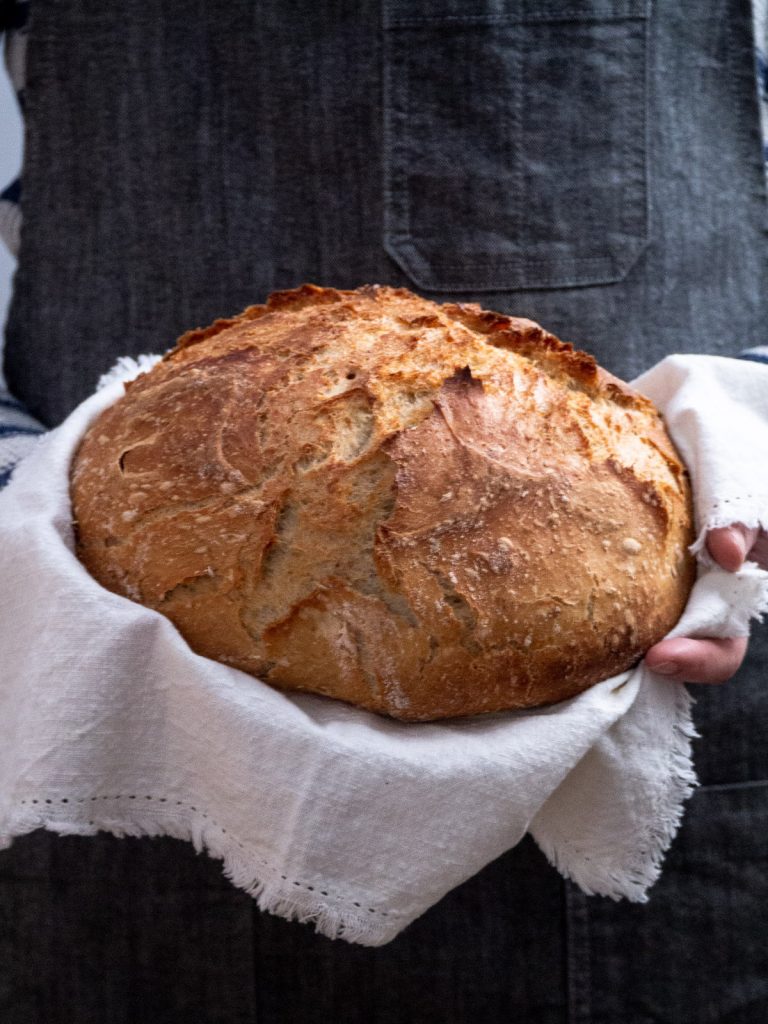
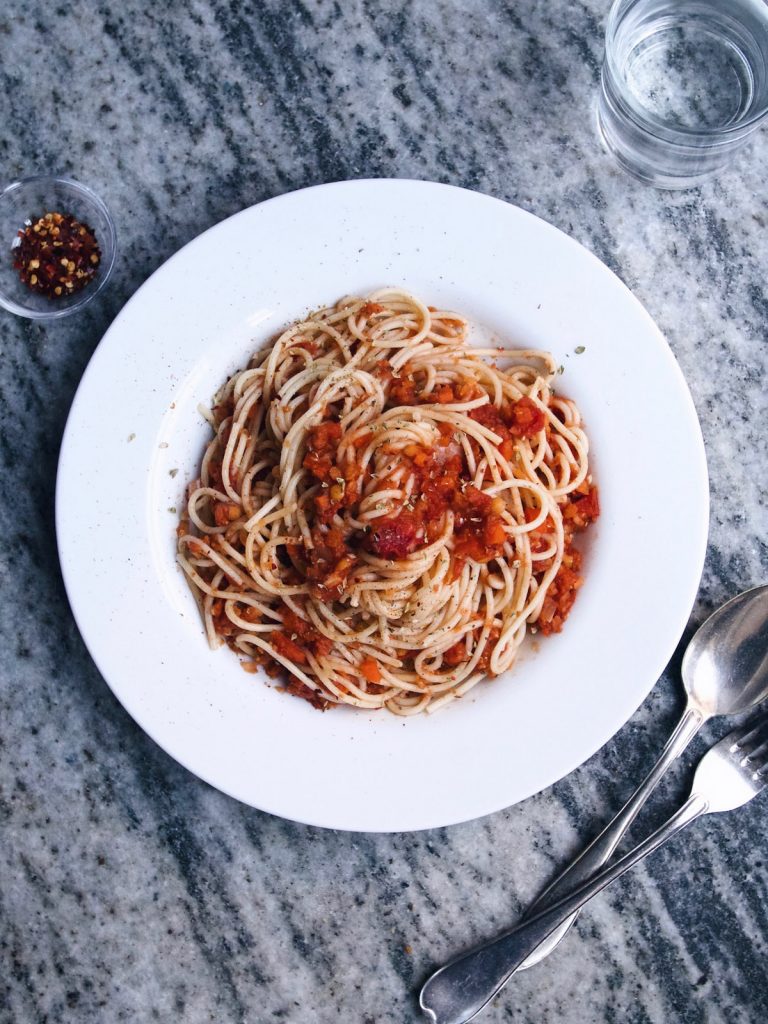
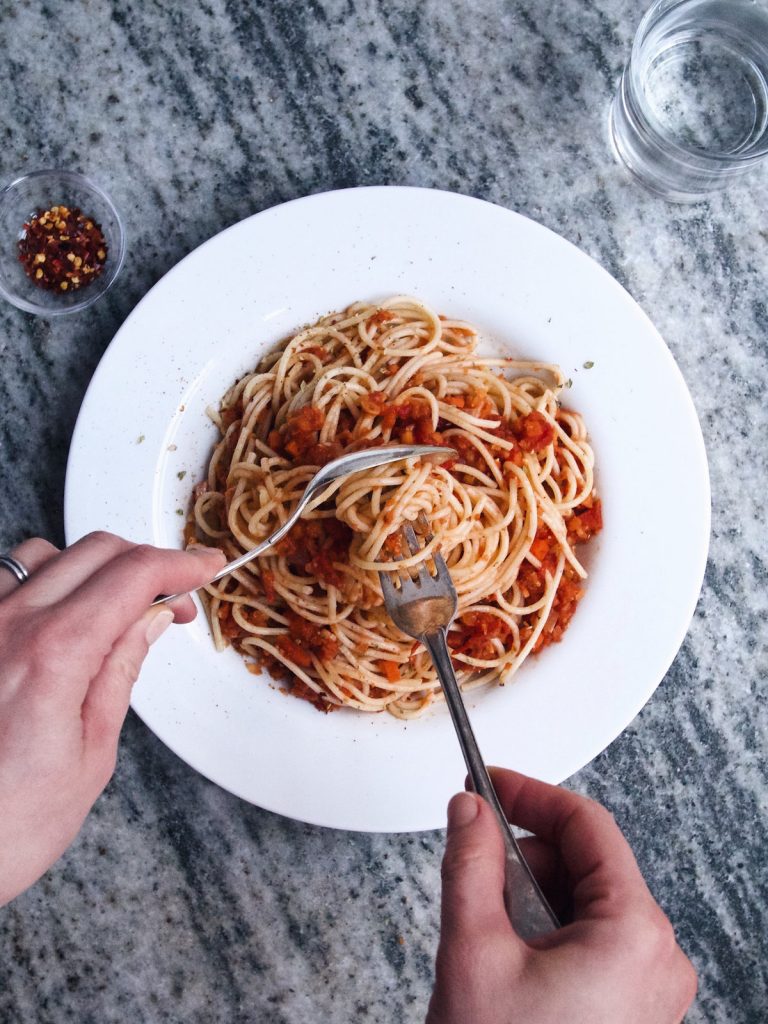
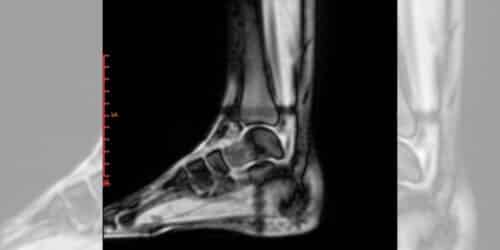











9 Responses
Thanks for the great article. Please turn that dream of writing a vegetarian cookbook for endurance athletes into a reality!
I’ll do my very, very best! Thanks for encouraging!
/Sophia 🙂
Great article. I have been plant based and incidentally gluten free (celiac) for over 25 years and I run ultras including the 100 mile distance. Like you, I do not count the macros or micros or protein my plant based husband or kids (both under the age of 11) eat and we are all healthy, happy and thriving.
What I find most, is people who try to eat plant based and run, don’t eat enough. Calorie density is real and most plant foods are low in calorie density. We need to enough as athletes.
Keep teaching and living by example!
Thank you so much! I’m glad you found it worth the read, even though you’re such an experienced plant based eater yourself. I definitely agree with your comment about caloric density – eating too little can for sure be a reason why people try and fail. I also feel like there is a (well, many) preconceived notion around women and eating larger quantities – loading up that giant plate of various plant based foods might make many feel uncomfortable to begin with. I can’t even tell you how many times people around us have made fun of the quantities we serve ourselves, and if you’re not feeling confident about your diet… I can see how it can get under your skin.
It makes me so happy you’re so many years into it, and that your whole family is on board. Thank you so much for leaving a comment!
/Sophia
*we need to eat enough as athlete
Great article. We recently cut back a lot on animal protein and trying to do the plant-based diet. Having a hard time feeling full or getting enough carbs. We stay away from rice due to arsenic levels, lentils and quinoa are good but they can upset my husbands stomach. Also, peanut butter has been found to contain lots of mold toxins. I’m also feeling a lack in iron. In this case, supplementation is highly necessary. But how to do we get enough carbs if we are avoiding grains most days of the week (due to possible candida)?
Hi Megan!
Just like you, my husband and I stay away from rice for two reasons: the arsenic levels, as you mention, and because rice farming is quite detrimental to the climate. But let’s get into the other issues your describing. First of all, if you feel like you’re not getting enough carbs, it shouldn’t be because of the recent shift to a more plant based diet. Animal products typically contain very little carbohydrates (milk and yogurt being the exceptions) to begin with, while plant based foods are much higher. What type of carbohydrate sources did you rely on before changing your diet?
Lentils and other legumes can indeed be upsetting to your stomach due to their fiber composition and content, but based on both my own experience and research carried out, usually this decreases over time, as your gut gets more used to these nutrients (which in the end are great for your gut health). So if you all can hang in there and experiment with different types of beans, legumes and peas, maybe you’ll find ones that cause less discomfort and that the problems will go away with time. I’m keeping my fingers crossed! I find that chickpeas, green peas and edamame beans are gentler overall, and that red lentils added to a soup (for example) and then blended smooth are easier to digest than e.g. whole cooked puy lentils in a salad.
The peanut butter issue: yes, there have been cases of aflatoxins (a toxic agent produced by mold) being present, and that’s of course no good. However, studies show that these problems typically exist in the developing world, where peanuts and corn are staple crops and food regulations few and far between. Plenty of studies claim that buying peanut butter where the nuts were grown inside the US and the actual butter produced here as well is perfectly safe. Personally, I feel 100% comfortable consuming peanut butter, but I make sure it’s been responsibly sourced in a regulated part of the world. As we live in Sweden now, and not in the US anymore, we buy ours from an organic production site in the Netherlands.
Dealing with candida can be such a struggle (my cousin and best friend did for many years, so I’m well aware of the issues), and I’m sorry to hear you have to. Has it been diagnosed? Quinoa is of course an excellent grain substitute, as it’s a seed and not technically a grain, but I understand you can’t eat quinoa day in and day out. How do you react to starchy vegetables? Winter squashes, sweet potatoes, regular potatoes, rutabaga, parsnips? Millet and buckwheat are two other products to test – millet works just like couscous and buckwheat is more like farro. And amaranth could be worth a try too.
I’d check the iron levels, and supplement if need be. It’s better to know for sure than supplement anyway, I think, as you might just flush money down the drain otherwise. Many women are low on iron (especially endurance athletes), so it wouldn’t necessarily mean your diet needs to see massive change. It’s hard to meet the needs regardless.
I really hope you could take something away from this, and please don’t hesitate asking more questions – quite the contrary, I encourage it!
/Sophia
*beans, lentils and peas
New to this, but I’ve been plant based for a little over a year. Better question than the inevitable protein is where did I get my fiber when I was eating meet (and processed food, sugar and salt).
Might give oat groats a try as a rice substitute. Cook the same as brown rice. Great to hardy up soups too.
Keep up the great writing!